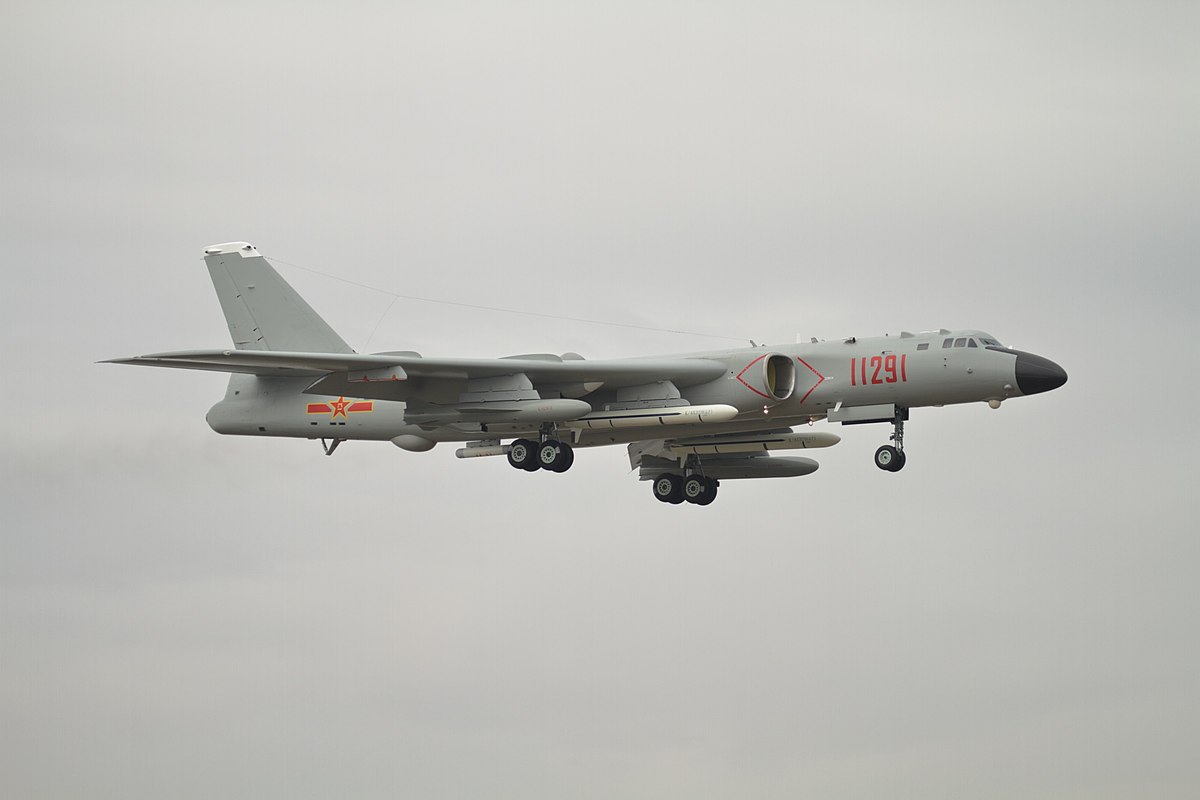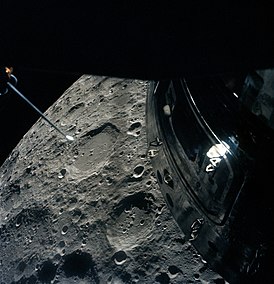
Chinese bombers part 2
The H-6H attack aircraft prototype was fired on in 1998. In 2002, for the first time, a volley of two YJ-63s was fired at two different ground targets.
The government decision to arm the H-5 and H-6 bombers with anti-ship guided missiles was adopted in April 1965. It was addressed to the 3rd (aviation industry), 4th (electronics industry), 5th (weapons and explosives) and the 8th Division (tactical missiles) of the PRC Ministry of Machinery. The basis for the rocket, designed to be launched from coastal, ship and aircraft launchers, was the Soviet P-15 anti-ship missile. In the "water-to-water" version, it was first tested in flight in June 1966. In August 1967, the tests were completed and soon after that it entered production at the plant number 320 in Nanchang, received the designation SY-1 and the export C- 101.
In 1965, as part of the 371 program, work began on two more SY-1 options: the ground-to-water HY-1 and the air-to-water YJ-1. However, in the meantime, it turned out that the original Soviet electronics, and especially the radar of the homing beam tracking system, were inaccurate and vulnerable to electronic countermeasures. Therefore, in the PRC, work has begun on a new monopulse scanning radar, in which two beams are sent simultaneously in one pulse on both sides of the equilateral zone (at the junction of both beams, they overlap in their area), each of the beams has a different amplitude modulation, which makes it possible to distinguish the reflection from both beams.
The new water-to-water rocket was developed under the leadership of Peng Lisheng of the 3rd Academy of the 7th Division of the Ministry of Machinery Industry (rocket and space industry at the time), also known as Haiying Electro. -Mechanical Technological Academy, located in the southwestern suburbs of Beijing in Yungang District. Since 1993, it has been HiWING Mechanical & Electrical Technology Corporation. The radar was built at his 35th Institute, which is also called the Beijing Huahang Radio Measurement Institute.
In a situation where the development of a monopulse radar began to become more complicated and delayed, the development of a variant launched from the YJ-1 aircraft was frozen in 1969, only the HY-1 variant, fired from airborne launchers, was developed. Testing of surface-to-water missiles was successfully completed in August 1974, and the HY-1 entered service shortly thereafter.
Already in May 1974, having at its disposal a new monopulse radar, work began on an improved version of the SY-1 water-to-water missile, which received the designation SY-1A. In addition, it was equipped with a new, high-precision radio altimeter, allowing it to fly to the target at an altitude of 15-20 m, and at the final stage - at 8-10 m. This version was tested and put into service in March 1984. Chinese variants of SY -1 and HY-1, like the R-15, have a range of 40 km. However, they are slightly different. For example, with the same diameter (0,76 m), the Soviet rocket has a length of 6,42 m, and the Chinese one - 6,55 m.
In 2000, work began on upgrading the H-6D aircraft to the H-6G variant, adapted to carry new types of anti-ship missiles.
Almost simultaneously with work on the HY-1 surface-to-water missile, work began on a variant with a longer range, which was achieved by simply lengthening the hull and increasing the fuel tanks. The new HY-2 had a length of 7,48 m and weighed 2995 kg (HY-1 - 2100 kg). The firing range was 95 km, but this variant could only fire from a coastal launch tube. Initially, in March 1970, the HY-2 entered service on a smaller scale, as it still had the original homing system and a rather inaccurate radio altimeter modeled after the Soviet originals. Only in 1975-1985 was the HY-2A version created, and later also the HY-2B and HY-2G, which had three more types of electronics, but all based on the HY-1 monopulse radar (the most original HY-2 entered service with four years earlier than the HY-1 but with the old SY-1 radar). The HY-2A version was offered for export under the designation C-201.
In September 1975, when the production of a monopulse radar homing system was mastered, the development of the air-to-water variant was resumed, but based on the HY-2 airframe, with the HY-1 missile homing system. , i.e. with monopulse radar. The design phase was completed in April 1977 and was designated YJ-6.
The first unguided tests of an anti-ship missile were conducted in 1978 using a converted H-6A bomber. The first two test drops, on November 6 and 25, 1978, ended with the missiles falling into the water. It turned out that the gyroscope was turned back on, due to an error in the construction drawings! Only on December 25, 1978, flight tests of the rocket were successfully carried out at an altitude of 100 m, with a maximum range, without steering.
In the second half of 1981, aerial tests of a prototype H-6D aircraft were carried out. The rocket, fired for the first time from the H-6D, began to vibrate violently - it turned out that there was an error in the autopilot, which continuously deflected the rudder left and right, causing flight disruptions. In the end, various adversities were dealt with and for the first time a rocket fired at an altitude of 2000 m, flying at low altitude, hit the target on June 19, 1982. In July 1983, it was additionally equipped with an inertial navigation system. , facilitating its flight to the target before launching the onboard radar of the Type 773 missile. During tests in 1983, it was found that the radar and the 773A radio altimeter interfere with each other, but the problem was eventually solved. In 1984, four test firings were carried out, four hits were received. As a result, in 1985 a series of "zero" missiles were manufactured, which were tested until the end of 1986. The following year, the H-6D carrier aircraft and YJ-6 missiles were officially adopted.
The development of the H-6D, armed with anti-ship guided missiles, was carried out by a team led by Eng. Lu Shiguang. The aircraft, built in June 1981, first flew on August 29, 1981. The second H-6D prototype flew on September 18, 1981. Factory testing of the aircraft was completed in January 1984. State testing began soon after. , to which the aircraft was subjected on December 24, 1984, however, the missile tests lasted two years, so the H-6D anti-ship missiles entered service only in 1987. Nevertheless, the aircraft itself was put into service as early as December 1985. In 1985-1986 . nine H-6Ds were built, five of which were adopted by the PRC Navy and four were exported as B-6Ds to Iraq in 1986. HJ-6 missiles were delivered to foreign customers under the C-601 designation. Later, between 1987 and 1990, 22 more H-6Ds were built, four of which were sold as B-6Ds to Egypt, and 18 were adopted by Chinese naval aviation. Between 1990 and 1995, 17 more H-6Ds were built, all for the PRC. In total, Chinese naval aviation received 40 H-6Ds out of 48 production vehicles of this type.
On May 14, 1988, an Iraqi H-6D launched two C-601 missiles that hit the Liberian-flagged Seawise Giant, but owned by the Hong Kong-based Orient Overseas Container Line. The ship had a capacity of 564 dwt and was the largest naval unit sunk during the war. On 700 February 25, one Iraqi B-1988D bomber was shot down by an AIM-6A Phoenix long-range missile by an Iranian F-54A Tomcat fighter piloted by Captain K. Gholi Esmaeli. The entire B-14D crew of six was killed.

